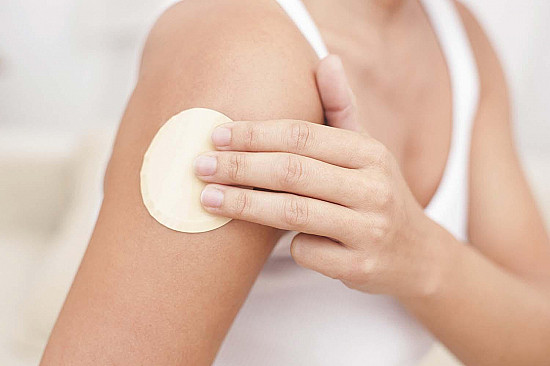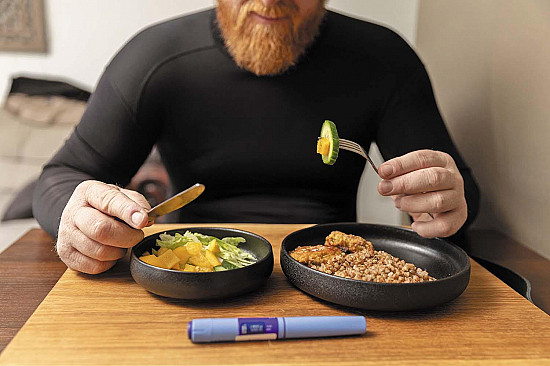How to avoid the health risks of too much salt
As we reported in August 2016, the FDA is encouraging the food industry to cut back on added sodium in commercially processed and prepared food. It's a good reminder for all of us that too much salt in the diet is risky for health. How much is too much? "It's controversial, although I don't think anyone is in favor of unlimited salt intake," says Dr. Randall Zusman, a cardiologist with Harvard-affiliated Massachusetts General Hospital.
To continue reading this article, you must log in.
Subscribe to Harvard Health Online Plus (HHO+) to unlock expert-backed health insights, personalized tools, and exclusive resources to feel your best every day.
Here’s what you get with your HHO+ membership:
- Unlimited access to all Harvard Health Online content
- 4 expertly curated newsletters delivered monthly
- Customized website experience aligned to your health goals
- In-depth health guides on topics like sleep, exercise, and more
- Interactive features like videos and quizzes
- Members-only access to exclusive articles and resources
I’d like to subscribe to HHO+ for $4.99/month to access expert-backed content to help make smart, informed decisions about my well-being.
Sign Me UpAlready a member? Login ».
Disclaimer:
As a service to our readers, Harvard Health Publishing provides access to our library of archived content. Please note the date of last review or update on all articles.
No content on this site, regardless of date, should ever be used as a substitute for direct medical advice from your doctor or other qualified clinician.















